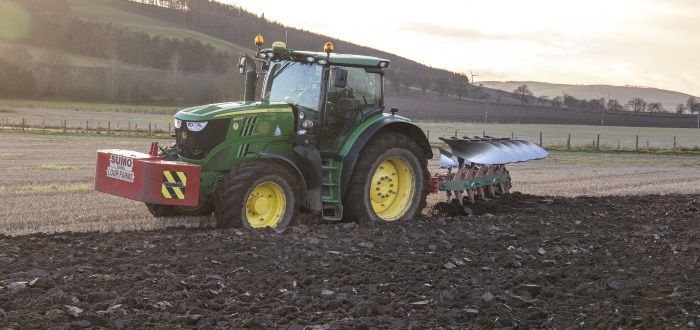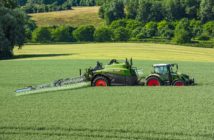The impact of adopting inversion tillage or non-inversion tillage approaches in cereal production systems is now better understood, thanks to a new report from AHDB.
The report draws conclusions from a series of long-term field experiments, which were used to compare the two approaches in various rotational and soil-type settings at sites in England and Scotland.
Although yields were marginally lower in the non-inversion system, a reduction in costs (labour and fuel) meant that non-inversion tillage could be advocated under ‘normal’ conditions.
Consistent with published findings on no-till, however, non-inversion approaches were found to be more vulnerable to grass weed control challenges, which limits its blanket application.
Dr Amanda Bennett, who manages natural resources research at AHDB, said: “Data from long-term trials indicate non-inversion approaches can exacerbate grass weed issues, compared to rotational plough-based systems, especially meadow brome, sterile brome and black-grass.”
As part of the research, soil cores were extracted throughout the season at the trial sites. These were then analysed to measure the effect of tillage on soil quality and function.
A key finding was that, after corrections for soil bulk density and stone content, no advantage in carbon sequestration was detected with non-inversion approaches.
Soil physical condition was also found to be well below optimal at all the sites used to examine tillage approaches, at a level sufficient to impede root proliferation. The findings provide further evidence of the need to find practical ways to measure and improve soil health.
As non-inversion and no-till systems are being more widely adopted in the UK, the authors identified a need to match crop genotypes with soil conditions. It was suggested breeding programmes and trialling systems could be used to develop varieties which excel under soil conditions commonly found in UK systems.
The production of cereal varieties better suited to reduced tillage systems could help narrow the yield gap and make such approaches more viable for UK growers.
Amanda said: “As the best cultivation choice depends so much on local conditions, the fine detail from this latest research will be used within the AHDB Farm Excellence Platform to help growers identify the right options for their crop production systems.”
The research, which was led by the James Hutton Institute, used long-term experiments supported by a broad range of government and charitable organisations.
For information on AHDB soil research and to access the full report (Final Project Report 574), visit cereals.ahdb.org.uk/research




